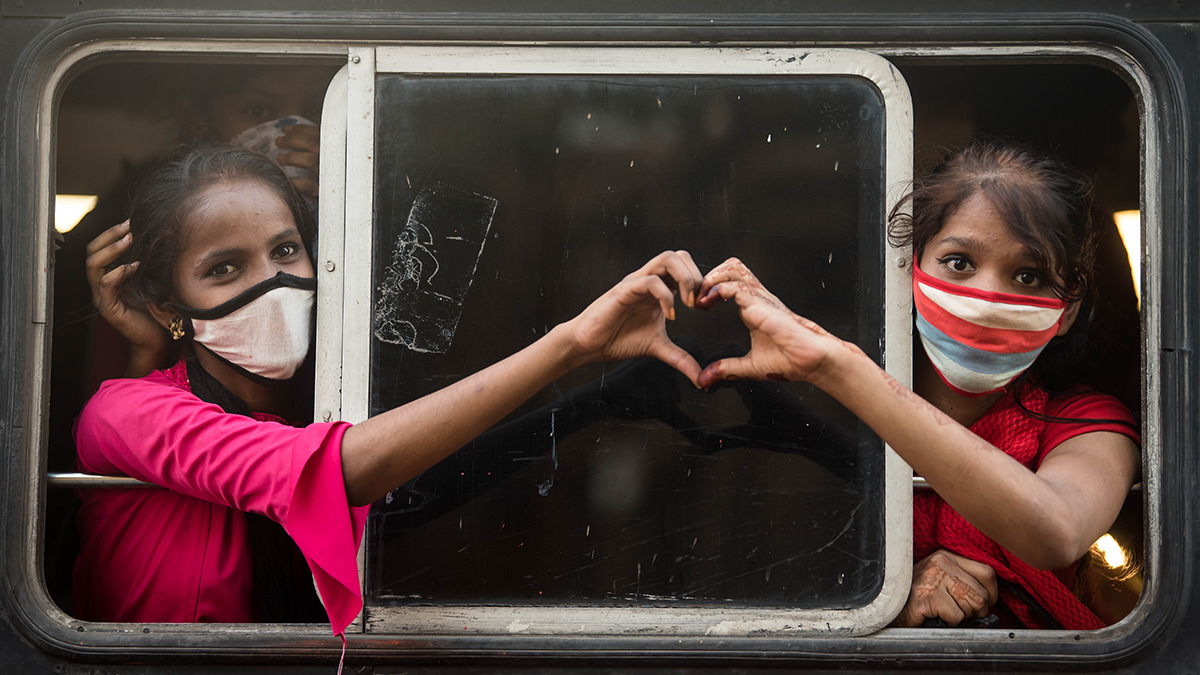INSTITUTIONAL Giving is not new in India. Large corporate houses like the Tatas have been pioneers in setting up organizations and structures for doing philanthropy at scale decades before CSR (Corporate Social Responsibility) regulations made it mandatory for qualifying corporates to spend a percentage of profits every year. While most do the minimum as required by regulations, there are a few businesses who go above and beyond.
Seven years into the CSR regulations, it would probably be fair to say that while compliance has been acceptable, in multiple surveys most CSR and sector practitioners have expressed dissatisfaction in the effectiveness of the spend.
Part of this was due to the nature of the regulations which imposed a short term, myopic view on the spends. But equally most organizations, other than the largest, did not have the scale, structure and bandwidth to channel money into high-impact programmes. As a result, despite tens of thousands of crores of rupees being spent over the years, real needle movement in India’s Social Development Goals performances have been underwhelming.
Reasons for optimism
There are two new trends that generate optimism in breaking through this conundrum.
First, the recent recommended/adopted changes in the CSR regulations are more amenable to longer term programmes; provide greater flexibility for capacity building, design, and evaluation and encourage focus on measurement of impact.

Second, a bunch of programmes where multiple donors/funders and delivery organizations came together demonstrated the benefits of scale through a collective design of solutions. Besides, the leverage of resources and effectiveness of spends through robust governance also enabled quick adaptations – even during the stress test situation of COVID.
For example, the India COVID Response Fund that Give convened with 140+ corporate donors, among others, and hundreds of delivery organizations (both not-for-profit and social enterprises) collectively designed tailor made programmes both for immediate crisis remediation and longer term healthcare infrastructure development. An astounding ₹1,000 Crore got mobilised and utilised at warp speed.
Another two examples of long term sustainable scalable programmes worth noting are the quality education bond (QEB) put together by British Asian Trust and the Haryana government’s education guarantee programme organised by Social Finance India were relatively large education initiatives with multiple donors and delivery and evaluation partners.
In both of these cases, the entire model was turned upside down because of COVID. And yet, the programmes continued full steam ahead with radical changes in the implementation models – demonstrating the power of collective governance for adaptability and resilience.
The way ahead
I believe we are entering a phase where institutional philanthropy will increasingly be focused on thematic programmes which are created by intermediaries (consultants, platforms), anchor funders and delivery partners. These will then be scaled and leveraged through multiple more funders and delivery partners.
The size of the programmes will be relatively large, have clear emphasis on impact and not just activity. Robust governance models will not only drive resilience but also agility and adaptability and will be multi-phased building on the success of initial phases. As a result, consistency in the theory of change and perseverance in the target areas and beneficiaries should hopefully create sustained positive impact. This is being “Better, Together”.

That is the notion behind Give’s focus on institutional giving. Give has the unique capability of providing all the four critical elements required to make institutional giving ‘better, together”:
- On an advisory capacity, with the resources to co-create and ensure cause resonance
- Tech platforms which include legal structures to be compliant under different regulations
- The ability to leverage ideas through an extensive network of donors and delivery organizations
- The ability to drive impact assurance through robust monitoring and governance.
As India picks up the pieces post pandemic, developments in the philanthropic landscape such as reimagination of institutional giving can only be a good thing and should be welcomed by all.
Established in 2000, Give is the largest and most trusted giving platform in India. Our community of 2.6M+ donors have supported 2,800+ nonprofits, impacting 15M+ lives across India.
Discover more from
Subscribe to get the latest posts sent to your email.

